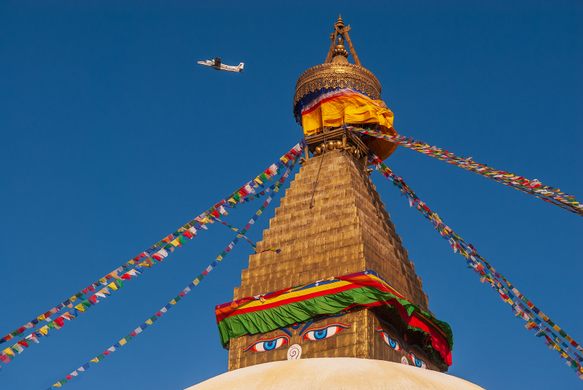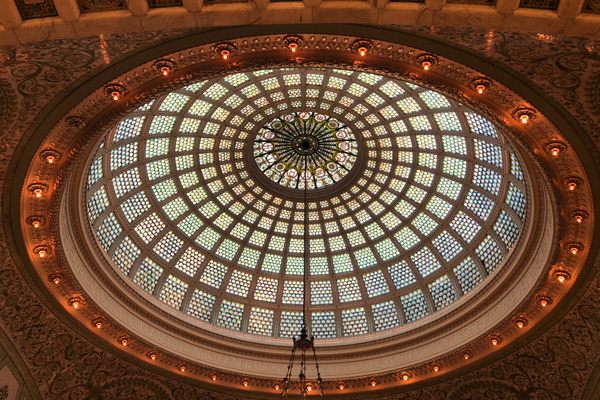Boudhanath Stupa
One of the largest Buddhist stupas in the world keeps an eye out in every direction.
For hundreds of years, the Boudhanath Stupa has stood as a beacon of Buddhist belief, towering over the surrounding town as a giant mandala of peace and beauty and also giant eyes.
Built some time around the 14th century, the huge meditative monument is said to have been created just after the passing of the Buddha. The huge offering site quickly become an focal point of worship and offering in the area. The structure of the building consists of a giant dome, on the top which sits a Buddhist pyramid tower. All of this sits on top of huge steps shaped like mandalas themselves. Originally the stupa’s spot was on an important trade route which allowed for a steady stream of possible converts. Among the Nepalese in Kathmandu, the stupa is simply referred to as “Chorten Chenpo” which translates to “Great Tower” or just “Great Stupa.” No matter what pilgrims called it, they flocked to the monument in droves.
Despite having existed for years, the site did not truly become the center of Tibetan Buddhism until the 1950s as refugees from China immigrated over to Katmandu. Temples and devotional sites began to spring up throughout the surrounding city and further far afield, strengthening the power and importance of the site immeasurably.
While it is hard to determine their specific age, the base of the stupa tower is decorated with pairs of eyes on each of the cardinal directions representing the all-knowing nature of the Buddha. However, for those not fully indoctrinated into Buddhist belief, the building (while quite peaceful and beautiful) does seem to be peering down on visitors as they come to make offerings or just to see one of the more spectacular Buddhist sites in the world.
Know Before You Go
The entrance is just basically a gate in a wall.
Community Contributors
Added by
Edited by
The Atlas Obscura Podcast is Back!




































Follow us on Twitter to get the latest on the world's hidden wonders.
Like us on Facebook to get the latest on the world's hidden wonders.
Follow us on Twitter Like us on Facebook